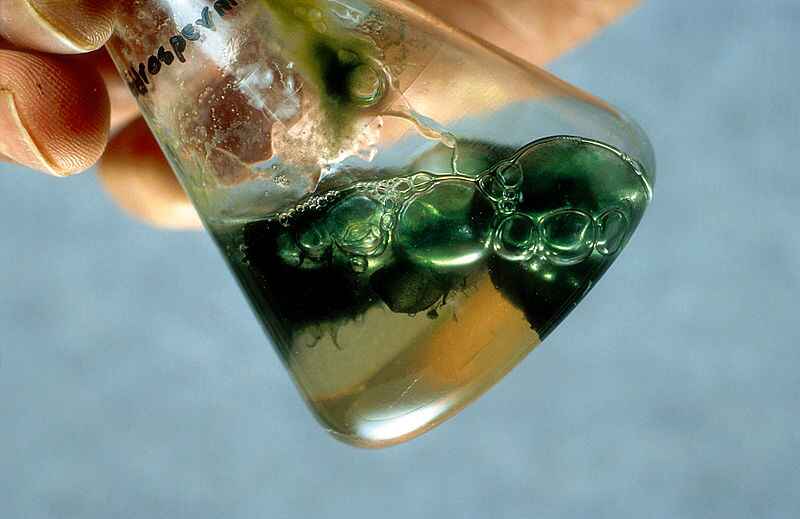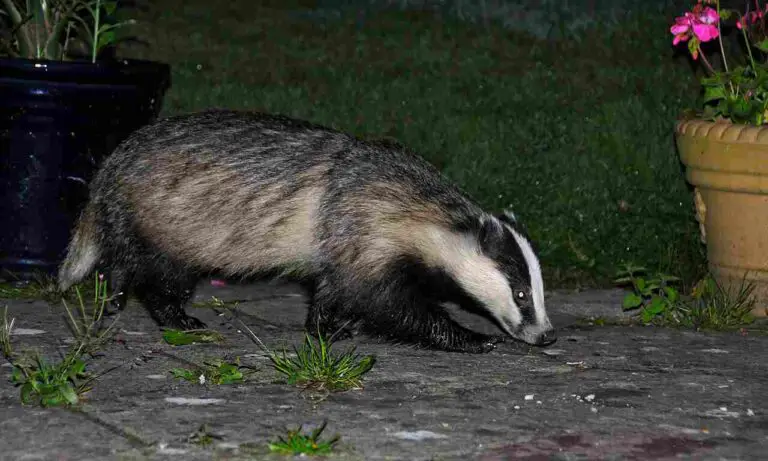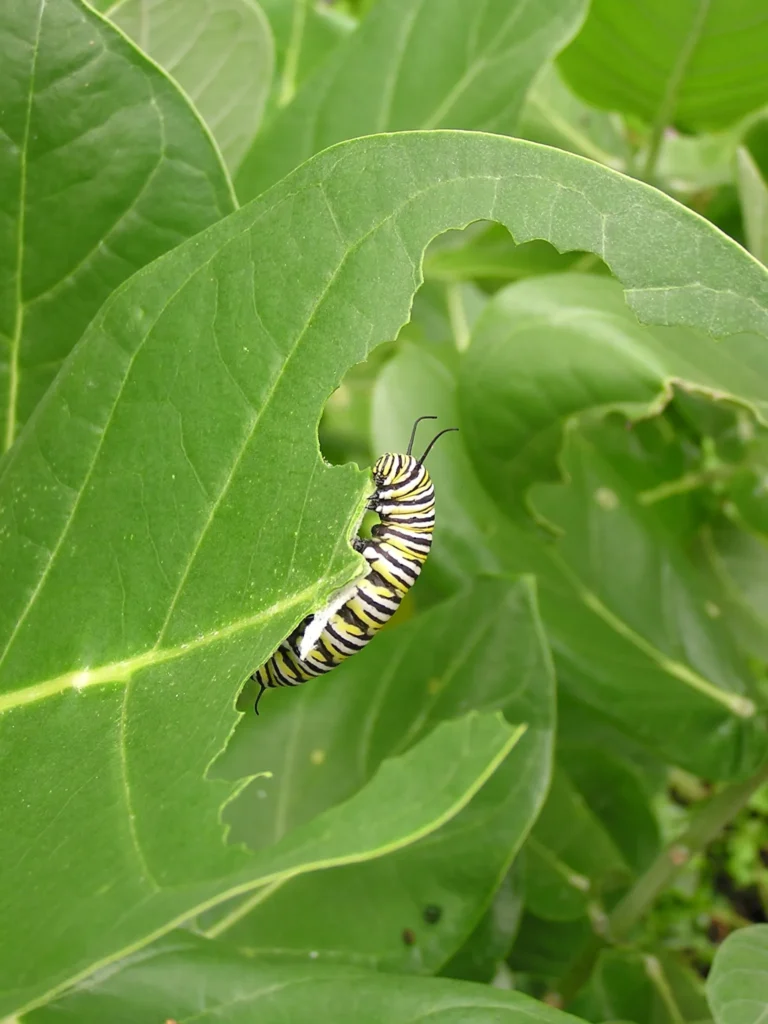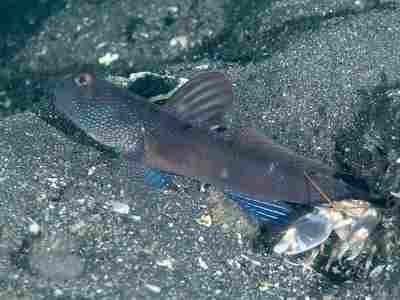5 Sources of Biofuels and their Characteristics Explained
Sources of biofuels are; food crops, municipal organic waste, agricultural waste, animal fat, and microbial biomass.
This article discussed the sources of biofuels, as follows;
1). Food Crops (as one of the Sources of Biofuels)
One of the most prominent sources of biofuel is food crops.
The best crop for biofuel production in any given scenario depends on the specific biofuel to be produced, and the available options.
Generally, crops used for producing biofuel are those with significant sugar, oil and/or starch content, which includes soybean, maize, rapeseed, rice, sugarcane, and wheat.
Where the desired biofuel is (bio)ethanol, food crops like sugar cane, maize and wheat can be fermented to yield this fuel [2].
For biodiesel, more oily food crops and plants like canola, rapeseed and oil palm are suitable [9].
It must be noted that the types of biofuels (or generations of biofuels) are distinguished based on the biomass sources, or feedstocks used. First generation biofuels are derived from food crops, and constitute a major proportion of overall biofuels produced globally.
One of the challenges facing the use of food crops as a source of biofuels is the issue of land availability, and the choice between crop cultivation for consumption as edible commodities, or cultivation as feedstock for biofuel [11].

2). Municipal Organic Waste
Biofuel can be produced from the organic fraction of municipal organic waste, when this waste is subjected to biochemical or thermochemical conversion to break-down and transform its chemical structure.
The conversion of municipal organic waste to biofuel is generally referred to as waste-to-energy conversion, and it may include processes like fermentation and anaerobic digestion.
An example of municipal waste as s source of biofuel, can be cited from the practice of food waste-valorization to yield biogas [4].
Biofuel that is produced from municipal organic waste is called second generation biofuel [5].
Producing biofuel from waste is a sustainable practice that can help reduce the environmental impact of biodegradable materials in landfills and other waste management facilities, by diverting these materials to be used as bioenergy resources.
3). Agricultural Waste (as one of the Sources of Biofuels)
Agricultural waste is a viable feedstock from which biofuel can be produced.
Biofuels from agricultural waste are second generation fuels, as they do not come directly from edible food crops [8]. The composition of these fuels are however very similar to that of first generation fuels, since they both come from lignocellulosic biomass.
Examples of lignocellulosic and cellulosic agricultural wastes that can be used as a source of biofuel include; leaves, stalks, rice straw, corn husks, wheat straw, sugarcane bagasse and seeds [7].
To derive biofuel from agricultural waste, the waste is subjected to processes like gasification, fermentation, and pyrolysis which breakdown its chemical components to yield fuels like bioethanol and biogas [14].
4). Animal Fat
Animal fat is a renewable resource that is continuously regenerated in both vertebrate and invertebrate, herbivorous, carnivorous and omnivorous animals at all levels of the energy pyramid.
Sources of animal fat include biological tissue from poultry, fish, pigs, cows; as well as diary and poultry products like milk and eggs. Animal fat is itself a byproduct of energy storage in these animals, and often serves as a source of retrievable chemical and thermal energy while the animals are alive.
The production of biofuel from animal fat is possible due to the significant energy content of fat, which is comparable to that of some conventional fuels [10].
Biofuel is made from animal fat through the process of transesterification, in which the fat is made to react with an alcoholic compound like methanol, to yield long-chain fatty acids and mono-alkyl esters.
The reaction may be facilitated using catalysts like potassium hydroxide (KOH) and sulfuric acid (H2SO5) [3].
Biodiesel is the main product of the conversion of animal fat to biofuel [13].

5). Microbial Biomass (as one of the Sources of Biofuels)
Biofuels can be produced from microbial biomass.
The advantages of biomass from microbes as a source of biofuel, include the wide geographic distribution, high rate of productivity, and natural abundance of microbes [1].
Microbes (and macrobes) that can be used as sources of biofuels include various species of yeast, bacteria, fungi and microalgae with examples like Cerevisiae and Escherichia Coli [12] [5].

Conclusion
Sources of biofuels are;
1. Food Crops
2. Municipal Organic Waste
3. Agricultural Waste
4. Animal Fat
5. Microbial Biomass
References
1). Adegboye, M. F.; Ojuederie, O. B.; Talia, P. M.; Babalola, O. O. (2021). "Bioprospecting of microbial strains for biofuel production: metabolic engineering, applications, and challenges." Biotechnol Biofuels. 2021 Jan 6;14(1):5. Available at: https://doi.org/10.1186/s13068-020-01853-2. (Accessed 11 March 2023).
2). Barr, M.; Volpe, R.; Kandiyoti, R. (2021). "Liquid biofuels from food crops in transportation – A balance sheet of outcomes." Chemical Engineering Science: X, Volume 10, May 2021, 100090. Available at: https://www.sciencedirect.com/science/article/pii/S2590140021000034. (Accessed 10 March 2023).
3). Hasan, N.; Myneni, V. R. (2022). "Biodiesel Production from Waste Animal Fat by Transesterification Using H2SO4 and KOH Catalysts: A Study of Physiochemical Properties." Hindawi, International Journal of Chemical Engineering 2022(3). Available at: https://doi.org/10.1155/2022/6932320. (Accessed 11 March 2023).
4). Karmee, S. K.; Lin, C. S. K. (2014). "Valorisation of food waste to biofuel: Current trends and technological challenges." Sustainable Chemical Processes 2(1):22. Available at: https://doi.org/10.1186/s40508-014-0022-1. (Accessed 10 March 2023).
5). Koppolu, V.; Vasigala, V. K. (2016). "Role of Escherichia coli in Biofuel Production." Microbiol Insights. 2016 Jul 14;9:29-35. Available at: https://doi.org/10.4137/MBI.S10878. (Accessed 10 March 2023).
6). Kowalski, Z.; Kulczycka, J.; Verhé, R.; Dessender, L.; Clercq, G. D.; Makara, A.; Generowicz, N.; Harazin, P. (2022). "Second-generation biofuel production from the organic fraction of municipal solid waste." Frontiers in Energy Research 10. Available at: https://doi.org/10.3389/fenrg.2022.919415. (Accessed 10 March 2023).
7). Panpatte, D. G.; Jhala, Y. K. (2019). "Agricultural Waste: A Suitable Source for Biofuel Production." In: Rastegari, A., Yadav, A., Gupta, A. (eds) Prospects of Renewable Bioprocessing in Future Energy Systems. Biofuel and Biorefinery Technologies, vol 10. Springer, Cham. Available at: https://doi.org/10.1007/978-3-030-14463-0_13. (Accessed 10 March 2023).
8). Pattanaik, L.; Pattnaik, F.; Saxena, D. K.; Naik, S. N. (2019). "Biofuels from agricultural wastes." Second and Third Generation of Feedstocks (pp.103-142). Available at: https://doi.org/10.1016/B978-0-12-815162-4.00005-7. (Accessed 10 March 2023).
9). Pimentel, D.; Burgess, M. (2014). "Biofuel production using food." Environ Dev Sustain 16, 1–3 (2014). Available at: https://doi.org/10.1007/s10668-013-9505-6. (Accessed 10 March 2023).
10). Popescu, F.; Ionel, I. (2011). "Waste Animal Fats with High FFA as a Renewable Energy Source for Biodiesel Production - Concept, Experimental Production and Impact Evaluation on Air Quality." Alternative Fuel. Available at: https://doi.org/10.5772/20409. (Accessed 11 March 2023).
11). Popp, J.; Harangi-Rákos, M.; Gabnai, Z.; Balogh, P.; Antal, G.; Bai, A. (2026). "Biofuels and Their Co-Products as Livestock Feed: Global Economic and Environmental Implications." Molecules. 2016 Feb 29;21(3):285. Available at: https://doi.org/10.3390/molecules21030285. (Accessed 10 March 2023).
12). Ramamurthy, P.; Singh, S.; Kapoor, D.; Parihar, P.; Samuel, J.; Prasad, R.; Kumar, A.; Singh, J. (2021). "Microbial biotechnological approaches: renewable bioprocessing for the future energy systems." Springer, Microbial Cell Factories 20(1). Available at: https://doi.org/10.1186/s12934-021-01547-w. (Accessed 11 March 2023).
13). Reig, F. T.; Mora, L.; Toldrá, F. (2020). "Trends in Biodiesel Production from Animal Fat Waste." Applied Sciences 10(10):3644. Available at: https://doi.org/10.3390/app10103644. (Accessed 11 March 2023).
14). Swain, P. K. (2017). "Utilisation of Agriculture Waste Products for Production of Bio-Fuels: A Novel Study." Materials Today: Proceedings Volume 4, Issue 11, Part 3, 2017, Pages 11959-11967. Available at: https://journals.scholarsportal.info/details/22147853/v04i0011/11959_uoawpfpobans.xml&sub=all. (Accessed 10 March 2023).





